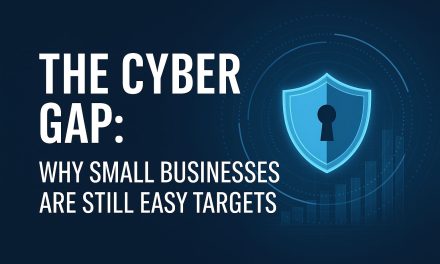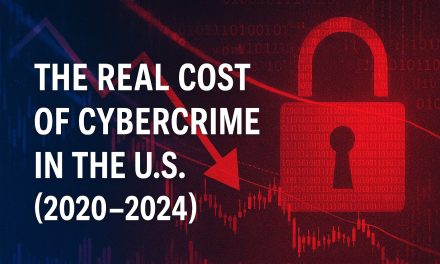FEMA cybersecurity role
When you hear “FEMA,” you probably think of floods, tornadoes, and natural disasters.
But in the last few years, FEMA has quietly stepped into a new domain: cybersecurity.
And no, that doesn’t mean handing out firewalls after a ransomware attack. It means funding, strategy, and real coordination.
From Disaster Relief to Cyber Resilience
FEMA has long been the backbone of U.S. disaster response. But as the federal government has redefined what counts as “critical infrastructure,” cyber incidents have joined hurricanes and wildfires as national-level threats.
Here’s what’s changed:
- In 2021, the State and Local Cybersecurity Grant Program (SLCGP) was launched under FEMA and CISA.
- It allocated $1 billion over 4 years to help local governments and tribes strengthen their cybersecurity posture.
- Grant applications must align to the Cybersecurity Performance Goals (CPGs) developed by CISA.
- States must submit detailed Cybersecurity Plans and designate a Cybersecurity Planning Committee.
If this sounds like how FEMA handles natural disasters—planning, preparedness, and response—you’re exactly right. The model has been adapted for cyber.
Cybersecurity Is Now Part of Emergency Management
One of the biggest shifts is cultural.
FEMA isn’t just reacting to incidents; it’s building resilience. That means helping local governments:
- Prepare cyber incident response playbooks
- Conduct tabletop exercises and cyber drills
- Improve coordination with federal partners
- Train first responders on ransomware, business continuity, and more
It also means recognizing that cyberattacks can cause physical harm. Think disabled 911 systems, hospital outages, or hacked water treatment plants.
Cyber is no longer abstract—it’s operational.
What It Means for IT Teams Outside Government
If you’re in the private sector, this matters more than you think:
- If you support government contracts or infrastructure, your posture matters. You may be asked to align with CPGs or help write Cybersecurity Plans.
- This creates opportunities. MSPs, MSSPs, and consultants who understand the FEMA/CISA model can add serious value.
- You can reuse the frameworks. The CPGs and grant documentation offer a roadmap for building cybersecurity maturity—even if you never touch federal funding.
Check out CISA’s Cybersecurity Performance Goals for a starting point.
Final Thought: FEMA’s Quiet Revolution
The integration of cyber into FEMA’s mission is one of the most important shifts in U.S. security policy—and it’s happening without much fanfare.
Whether you’re a state CIO or a sysadmin at an MSP, understanding this shift means:
- Better risk management
- New funding channels
- Real playbooks for resilience
Because the next disaster may not be a storm. It might be a breach.
Want to stay ahead of these shifts in IT strategy? Subscribe to ITGuru365 and get practical insights, minus the buzzwords.






Comments